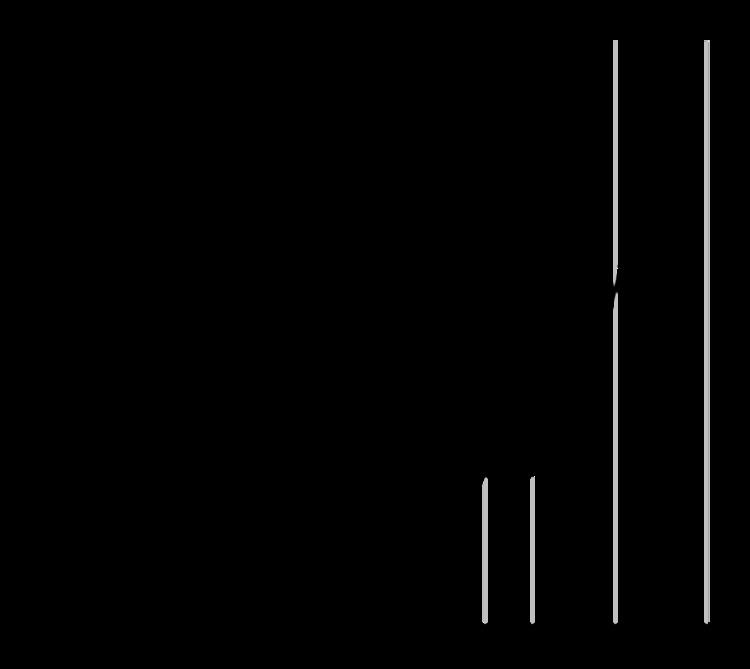 | ||
Hard spheres are widely used as model particles in the statistical mechanical theory of fluids and solids. They are defined simply as impenetrable spheres that cannot overlap in space. They mimic the extremely strong repulsion that atoms and spherical molecules experience at very close distances. Hard spheres systems are studied by analytical means, by molecular dynamics simulations, and by the experimental study of certain colloidal model systems.
Contents
Formal definition
Hard spheres of diameter
where
Hard-spheres gas
The first three virial coefficients for hard spheres can be determined analytically
Higher-order ones can be determined numerically using Monte Carlo integration. We list
A table of virial coefficients for up to eight dimensions can be found on the page Hard sphere: virial coefficients.
The hard sphere system exhibits a fluid-solid phase transition between the volume fractions of freezing
Hard-spheres liquid
The static structure factor of the hard-spheres liquid can be calculated using the Percus–Yevick approximation.
